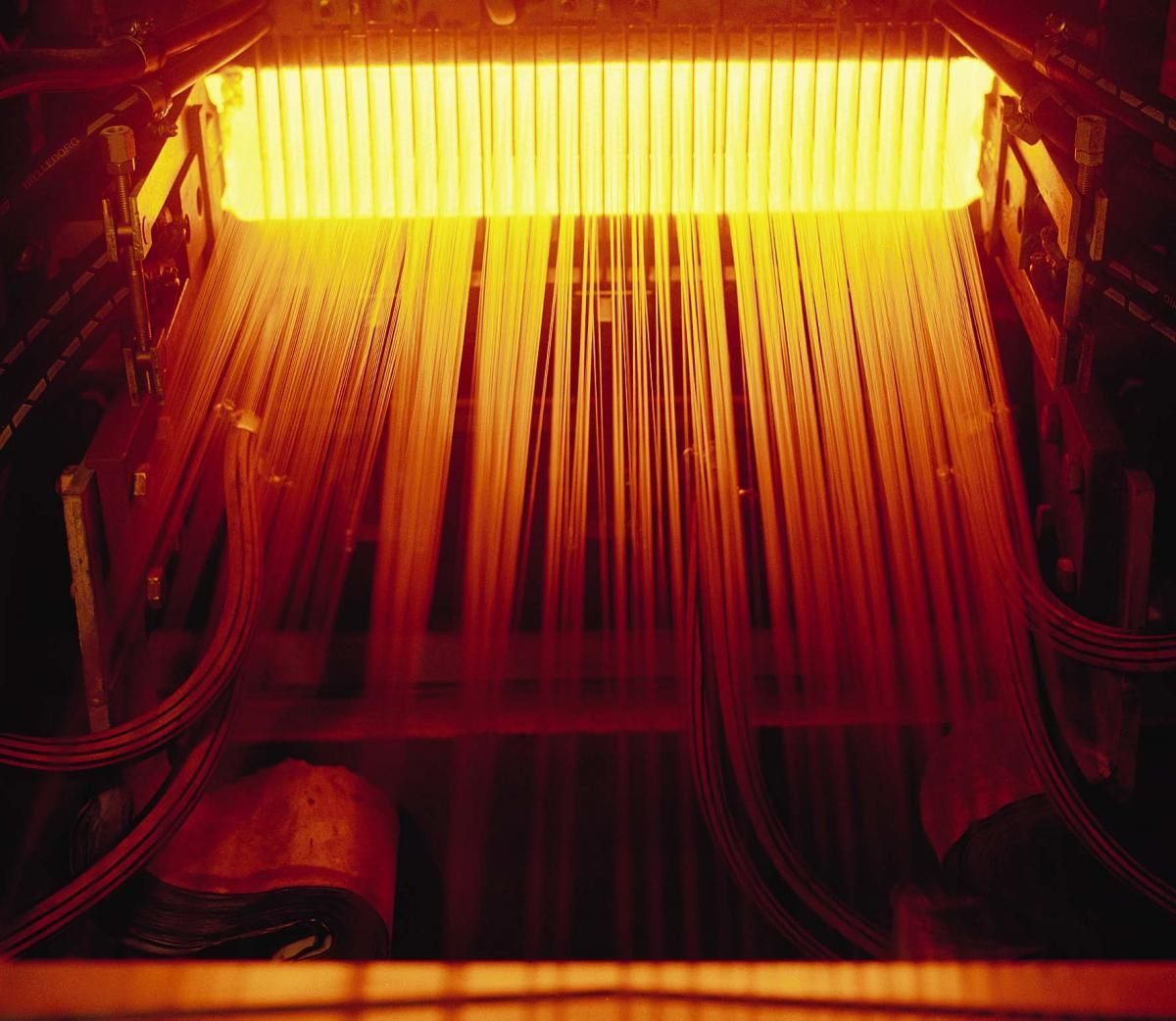
Fiberglass roving is a type of reinforcement material used in various industries, particularly in composites manufacturing. It is made by bundling multiple continuous strands of fiberglass filaments together. These strands are then wound into a cylindrical package known as roving. Fiberglass roving imparts strength, stiffness, and other desirable properties to composite materials when combined with a matrix material, such as resin. Here are some of the key properties of fiberglass roving:
Asia composite materials (Thailand)co.,Ltd
The pioneers of fiberglass industry in THAILAND
E-mail:yoli@wbo-acm.com Tel: +8613551542442
1.Strength: Fiberglass roving is known for its high tensile strength, which means it can withstand significant pulling forces without breaking. This property contributes to the overall strength of composite materials.
2.Stiffness: Fiberglass roving provides stiffness to composites, which helps them maintain their shape and resist deformation under load.
3.Lightweight: Fiberglass is relatively lightweight, making it an ideal choice for applications where weight savings are important, such as in aerospace and automotive industries.
4.Corrosion Resistance: Fiberglass is highly resistant to corrosion from chemicals, moisture, and environmental factors, making it suitable for use in harsh environments. ACM ECR-glass direct roving has good electrical properties and chemical resistance.
5.Electrical Insulation: Fiberglass is an excellent electrical insulator, which makes it valuable in applications where electrical conductivity must be minimized.
6.Thermal Insulation: Fiberglass has moderate thermal insulating properties, which can be beneficial in applications where temperature control is important.
7.Dimensional Stability: Fiberglass-reinforced composites tend to have good dimensional stability, meaning they are less prone to expansion, contraction, or warping due to changes in temperature and humidity.
8.Durability: Fiberglass roving imparts durability to composite materials, allowing them to withstand repeated stress and environmental exposure over time.
9.Versatility: Fiberglass roving can be used in various matrix materials, including polyester, epoxy, vinyl ester, and more, allowing for a wide range of composite applications.
10.Ease of Processing: Fiberglass roving is relatively easy to handle and process during manufacturing, as it can be wetted out with resin and easily molded into various shapes.
11.Cost-Effectiveness: Fiberglass roving is generally more cost-effective compared to some other high-performance reinforcement materials like carbon fiber.
12.Non-Conductive: Fiberglass is non-conductive, which means it doesn’t conduct electricity. This property is valuable in applications where electrical isolation is required.
It’s important to note that the specific properties of fiberglass roving can vary depending on factors such as the manufacturing process, the type of glass used (E-glass, ECR-glass, S-glass, etc.), and the treatment applied to the fibers. These properties collectively contribute to the suitability of fiberglass roving for different applications, ranging from construction and infrastructure to automotive and aerospace industries.
Post time: Aug-11-2023




